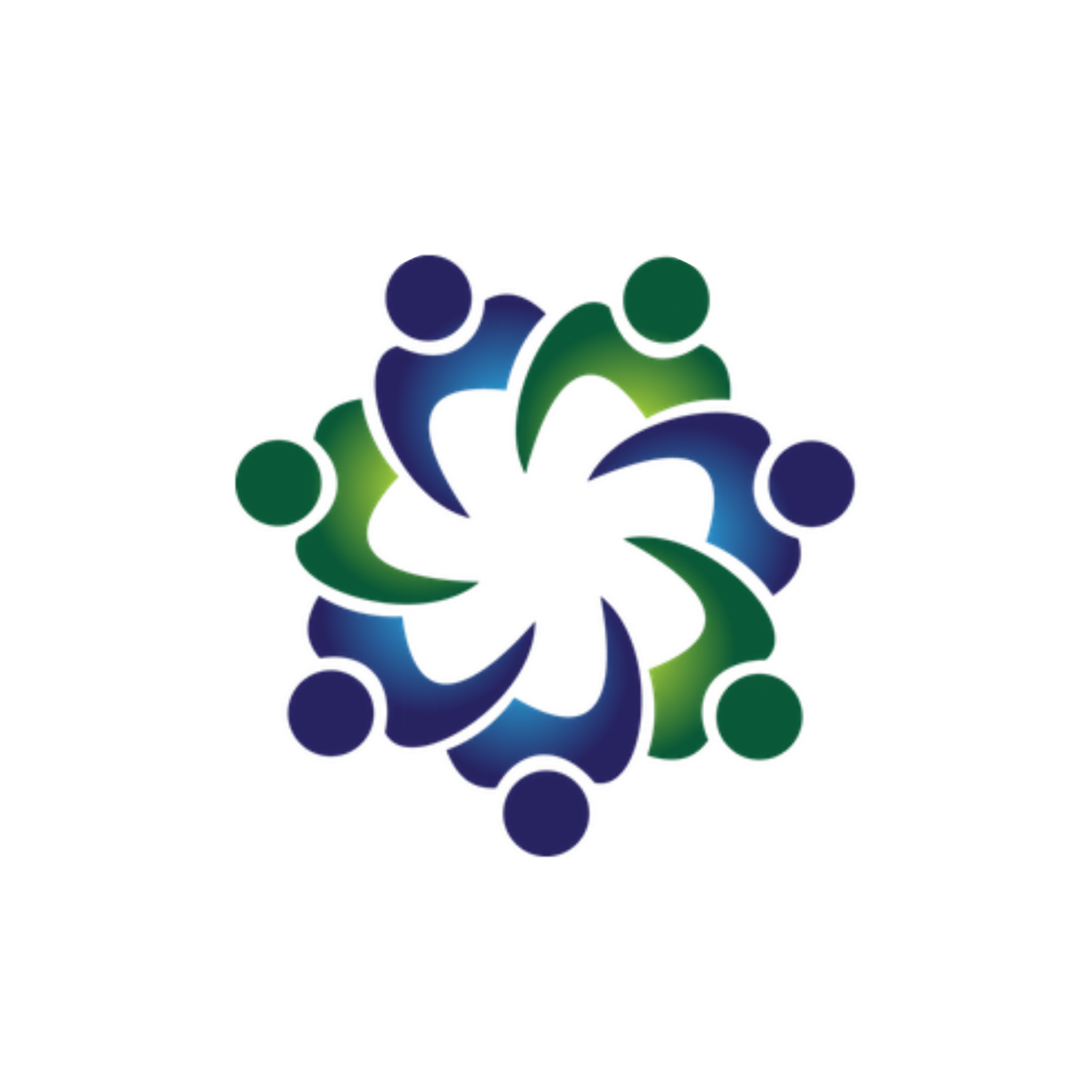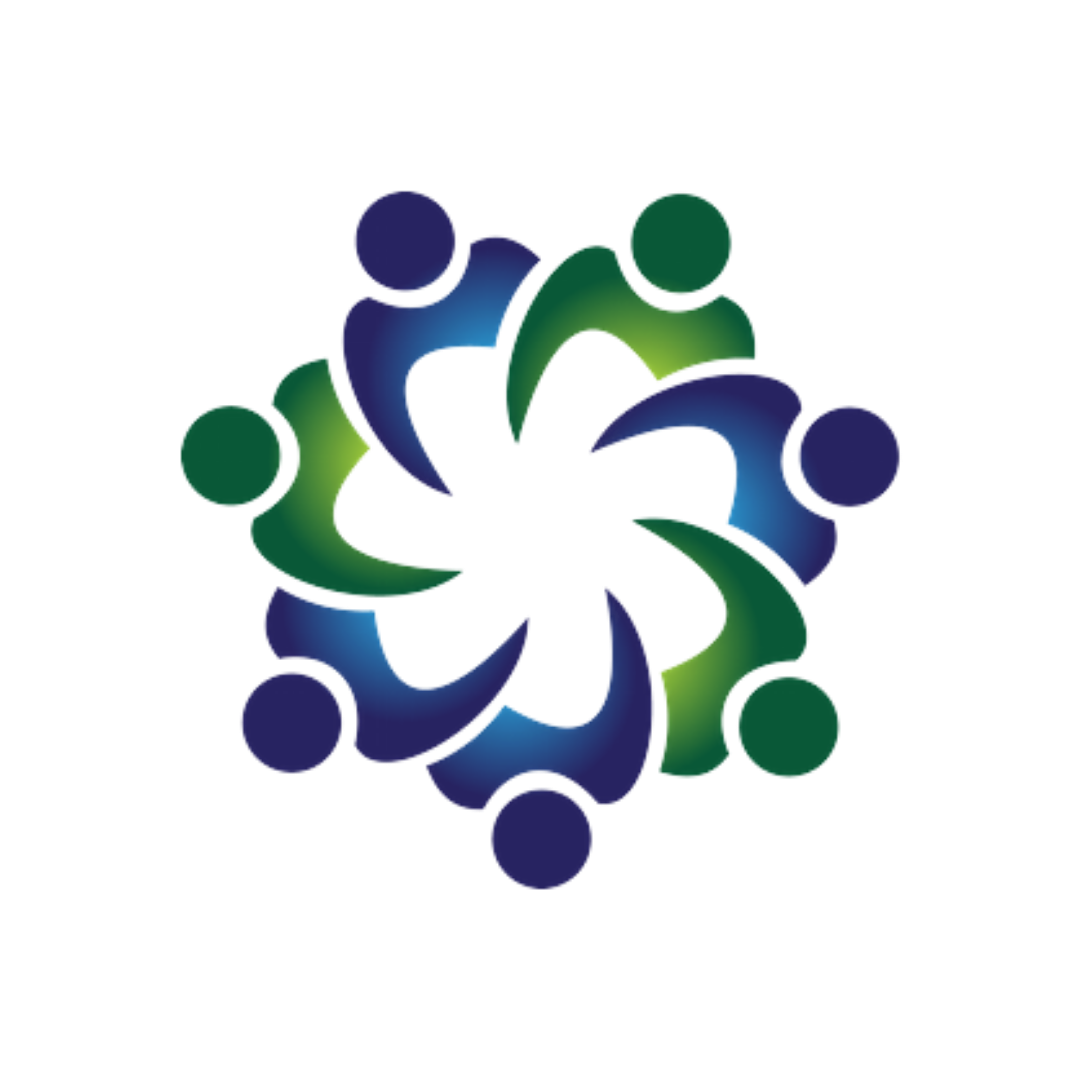Finding a new normal
“My days may be filed with appointments, but it never overshadows who I am anymore like it did in the beginning. Yes there are bad days, but there are also many really good days.”
Nadine facilities a local support group for the Australian Pain Management Association in Ballarat, and her involvement within our community is so very valuable.
The Anterior Cruciate Ligament, more commonly known as the ACL, is one of the major stabilizing ligaments of the knee joint. When damaged, the leg can experience weakness, instability and most of all pain. Whilst attending a group boot camp in 2015 I twisted my right knee, unknowingly having torn my ACL.
This moment was the beginning of my pain journey.
I underwent a hamstring reconstruction surgery, and immediately settled into a year of rehabilitation. Medical professionals were quick to offer assurances, stating that the joint looked good and the graft had settled in nicely. This did not feel right, as I was still experiencing so much severe, joint pain. Three years following the initial injury I experienced a fall that led to the dislocation of my right knee, and the complete rupture of the hamstring ACL graft. The moment the graft ruptured it made the sound of a gunshot being discharged. This sound reflected the extent of my pain during the rupture, combined with the pain of the dislocation of the knee during the fall.
Following this traumatic injury, I underwent another reconstruction. My specialist had insisted my only option for this reconstruction was to use a LARS synthetic graft, more commonly known as a Ligament Augmentation and Reconstruction System. This was the only option made available, as this was the second reconstruction on the knee. Moreover, it would ensure a faster recovery time.
This was not the case.
I spent the next six months attempting to rehabilitate a knee that was permanently stuck in a bent position. This was despite all the time I spent in the physiotherapist’s office, the time I devoted to my frequent exercises at home and regardless of the amount I pushed myself to use the exercise bike or walk on a daily basis. The beginning of 2019 saw me suffering not only from a knee that would not rehabilitate, but also the entire leg resulting in severe, chronic pain. This pain has kept me up at night, and has also cost me my ability to be within the workforce. Due to the pain, I sadly lost my job; it was at this point I sought out a second opinion. Through scans and a physical examination, the orthopedic surgeon was able to determine the graft had been inappropriately surgically implanted. What this had meant, was that the graft was too tight for my leg. I now needed another surgery, where the existing graft would have to be removed and a new graft would then be implanted. To put it bluntly, I was devastated. All that pain, rehabilitation time and money down the drain…
Mid 2019 I had the necessary surgery to remove the faulty LARS graft, and the bones graft implanted. They allowed three months recovery time from the initial reconstructive surgery, before they implanted a new graft. Three months later, the surgeon used the patella tendon from my right knee to create a new ACL. Unfortunately at this stage in my surgery journey my nerves had experienced too much. I woke from the surgery in horrendous pain, screaming. I was unable to even beg for help in my state.
The three months that followed was the kind of thing nightmares are made of. Countless sleepless nights followed where I then spent my days struggling, blinded by excruciating pain. I remember trying to complete my physiotherapy exercises with tears rolling down my cheeks, only to then end up with my head face down in a bucket. Prompted by the slightest movements, my body rejected the pain through the most debilitating nausea.
By November 2019 my GP was able to secure a referral to a pain specialist, at a pain clinic an hour away from my home. This was a life changing moment, as I was able to sit across from a specialist who actually listened to what I was saying. Finally I felt my voice was being heard by someone who really understood what it was I was going through, and wanted to offer solutions as oppose to another script. A plan was made within that initial appointment; not only was I to incorporate medication with allied health, but I was to access a pain management program - which I was to do in January 2020. Finally, I was able to set goals for a future I honestly did not think I wanted to be a part of.
Since the diagnosis of Complex Regional Pain Syndrome my pain has become widespread throughout my body, and impacts multiple body systems. For me it is not just about the management of the physical pain, rather it is about me as a whole both mentally and physically. While I do suffer from multiple chronic conditions, the CRPS is the condition hardest to manage. This is as there is no set treatment or management plan yet proven to work. This condition is individual, therefore each case in unique for treatments and therapy options. I have undergone many treatments and surgeries. I have had a spinal cord stimulator, and have attempted many forms of medications. It is by no means a ‘one size fits all’ form of pain.
My days may be filled with appointments, but my condition no longer overshadows who I am as a person the way it did at the beginning of my journey. Yes there are bad days, but there are also so many really good days too. Moving throughout this journey I have made some valuable, strong friendships. I now facilitate a local support group for the Australian Pain Management Association (APMA). I have taken up new hobbies such as sewing, and I find myself able to get out and be social more frequently, despite my pain. I am still Nadine, the mum of two amazing children and the woman who loves to read, listens to music and has an addiction to pajamas. My pain does not define me!
I have since participated in the Pain Week last year, but I still find it so important to share our stories from all walks of life. It is important to raise awareness for our community, and to demonstrate that pain does not just impact one type of person.

